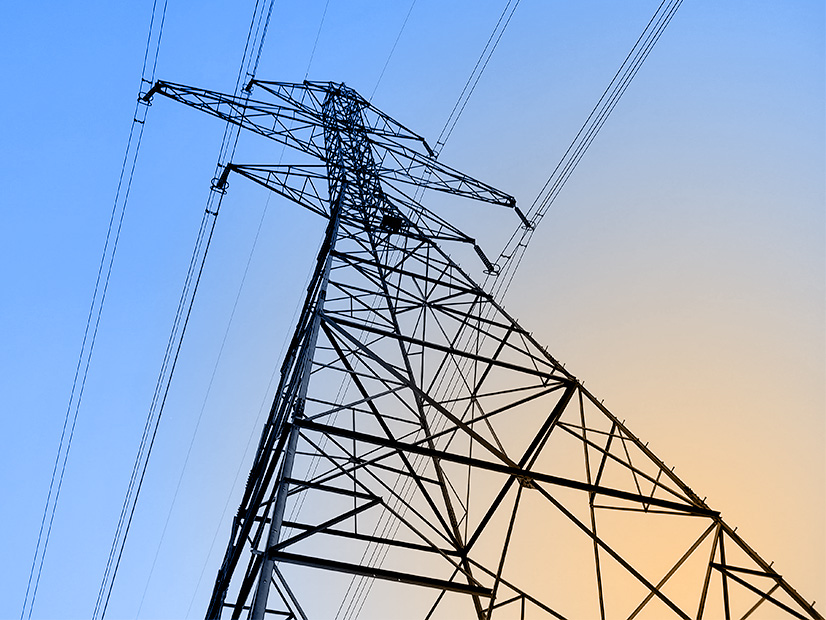MISO and SPP prepared stakeholders last week for the possibility they may come up empty-handed in their joint hunt for interregional transmission upgrades.
SPP’s Neil Robertson said that the grid operators are still “hopeful” they can identify at least one beneficial targeted market efficiency project (TMEP) in their study. But he also said there’s a “strong possibility” that they won’t find any recommended upgrades.
“I think the likely outcome is we’re not going to have any … candidates come out of this first study, but I don’t want to close the door on this just yet,” Robertson told stakeholders Friday during a MISO-SPP Interregional Planning Stakeholder Advisory Committee (IPSAC).
“The cost of the solutions may far exceed the budget,” Robertson said, adding, “We’re still refining the congestion dollar values.”
MISO and SPP have said they would screen for possible TMEPs when a market-to-market flowgate has amassed $1 million or more in congestion costs over a two-year period. The RTOs catalogued seven permanent flowgates that have racked up between $10 and $43 million worth of congestion. (See MISO, SPP Identify Hotspots for Smaller Interregional Tx Projects; MISO, SPP Hunt for Small Interregional Tx Projects.)
They have proposed that TMEPs cost $20 million or less, must not be greenfield projects, be in service by the third summer peak from their approval, and completely cover their installed capital cost within four years of service through avoided congestion.
The grid operators borrowed many of their standards from MISO’s and PJM’s TMEP criteria.
Stakeholders remained adamant that the grid operators are using a cost cap that’s too restrictive to result in any valuable projects.
American Clean Power Association’s Daniel Hall asked whether the absence of qualifying TMEP projects means that the RTOs might consider “tweaking” the criteria to increase the cost threshold or payback period.
Robertson said staffs plan to hold lessons-learned discussions following the study’s conclusion but probably wouldn’t change criteria “purely in the interest of getting Project A or Project B across the finish line.”
“There is merit in shifting [these] criteria or [those] criteria, but we have to balance all of the considerations,” he said. Staffs are looking for upgrade candidates that “truly give us the return on investment we’re looking for” and are not entertaining a change to the $20 million cost cap at this time, Robertson said.
Several stakeholders said inflation has dated the proposed TMEP cost threshold.
Clean Grid Alliance’s Natalie McIntire argued that “the value of dollars changing” means that the cost maximum is “ripe for reconsideration.”
“You should consider keeping up with inflation,” she told the RTOs’ planners.
American Electric Power’s Brian Johnson agreed and said MISO should “right-size the figure to match market conditions.” He said with the current criteria, a TMEP would have to be “almost across the street” for MISO and SPP to recommend it.
The grid operators said they will announce any project candidates during a Dec. 12 IPSAC meeting.
Robertson also said the RTOs are working out a way for one RTO’s transmission owners to fund an upgrade on the other RTO’s system when it stands to benefit them. Robertson said situations where a TO will overwhelmingly benefit from a project on the other side of the seams are becoming increasingly commonplace.
He said the grid operators could “pass the funding across the fence” should there be cross-border construction under MISO and SPP’s interregional planning process.




